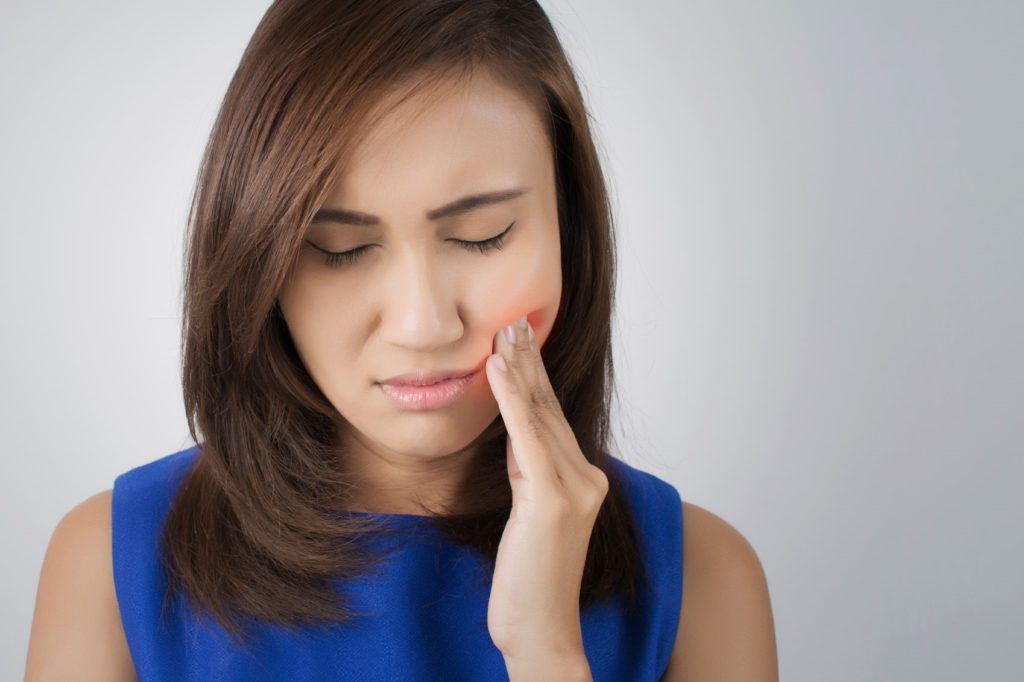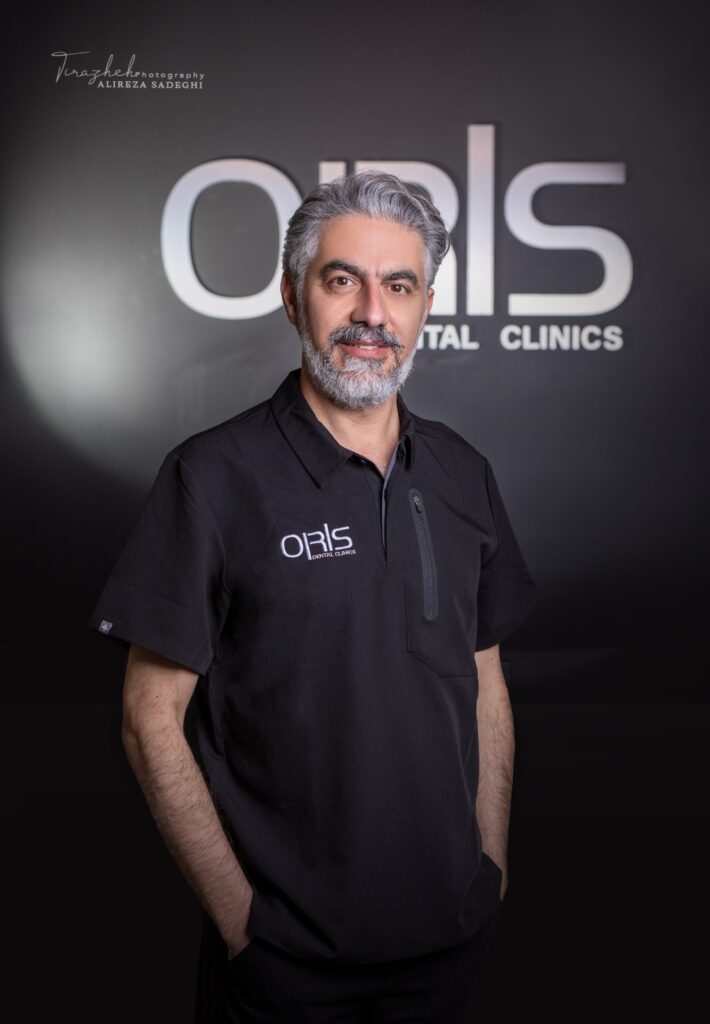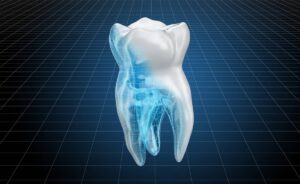Introduction
A lot of people have bleeding gums. About half, in fact. That’s according to data from the Centers for Disease Control and Prevention (CDC). And that’s not all. The CDC also estimates that only about 30% of Americans with gum disease are aware they have it, which means 70% of people who experience bleeding gums don’t even know what’s happening to them!

Bleeding gums are a sign of gum disease.
Bleeding gums can be a sign of gum disease, which is caused by plaque and bacteria that build up on the teeth. This can lead to inflammation of the gums. In some cases, bleeding may not cause any pain at all.
You’re not alone. About half of Canadians do, too.
Bleeding gums are a common problem for many people. About half of Americans over the age of 30 have some form of gum disease, according to the CDC.
That’s not surprising, given that people with certain risk factors for gum disease—like smoking, diabetes and heart disease—are also more likely to develop it than others. But even without these risk factors, you can still get gum disease at any age.
What causes bleeding gums?
- Periodontitis is a bacterial infection that causes inflammation and damage to the gums and bones that support your teeth.
- Gingivitis is an inflammation of the gums, caused by plaque and tartar.
- Bleeding gums can be a warning sign of periodontitis if you are experiencing other symptoms such as bad breath or loose teeth.
What can you do about bleeding gums?
If you’ve recently noticed that your gums are bleeding, then it’s important to take action, as this could be a sign of gum disease. Bleeding gums are usually caused by poor oral hygiene, but can also be caused by other factors such as hormonal changes during pregnancy or certain medical conditions.
The first step should be to visit your dentist to confirm the cause of the bleeding. Depending on the diagnosis, your dentist may recommend professional cleaning, prescription medications or even surgery.
If you have any underlying medical conditions, such as diabetes, it is important to make sure they are well managed. Additionally, if you are deficient in certain nutrients, such as vitamin C or iron, your dentist may recommend supplementing with these nutrients to help improve your gum health.
In the meantime, there are a few things that you can do to help your gums heal and reduce the risk of gum disease.
- Brush your teeth twice daily using a soft-bristled toothbrush and fluoride toothpaste. Be sure to gently brush your gums as well.
- Floss at least once per day. Flossing will remove plaque and food particles from between your teeth and help prevent gum disease.
- Use an antiseptic mouthwash after brushing and flossing to help kill bacteria.
- Avoid tobacco products, as these can increase your risk of gum disease.
- Eat a healthy diet rich in fruits and vegetables, as these contain essential vitamins
Brush and floss regularly
Brushing your teeth twice a day and flossing once a day is recommended. This will help to prevent bleeding gums by removing plaque and food particles from between the teeth.
To prevent bleeding gums, it is important to maintain good oral hygiene. This includes brushing your teeth at least twice a day, flossing once a day, and using mouthwash to reduce bacteria in the mouth. Additionally, it is important to visit your dentist regularly for professional cleanings.
- Use a soft-bristled brush, like the Plaque Control or ProClean, to gently clean your teeth.
- Use Fluoride toothpaste
- Use the Waterpik or water jet floss to help clean the space between your teeth
Quit if you use tobacco.
If you use tobacco, quitting is the single best thing you can do for your health. It’s hard to quit and there are many methods that can help make it easier.
Talking with friends and family members about what they’ve done when they’ve tried to quit is one way to start the process of quitting tobacco. It can also help if you find a support group or therapist who understands why quitting is important to you. You may want to write down your reasons for quitting so that when temptation hits, you have them in front of you as a reminder of why stopping would be beneficial in the long run.
Many people find that using nicotine replacement therapy (NRT) like gum, patches or inhalers helps them stay smoke-free after they quit smoking or using other forms of tobacco like snuff and chewing tobacco.
Visit your dentist regularly for checkups and professional cleanings.
If you’re noticing bleeding gums, it’s time to visit your dentist. Your dentist can check for signs of periodontal disease and recommend a treatment plan that will help you prevent further damage.
Dentists are trained to identify bleeding gums as well as reasons why they might be occurring. Depending on your situation, he or she may recommend that you:
- Get regular cleanings so that tartar buildup is removed before it causes damage to healthy tissue
- Use the right toothbrush head (either soft or hard) and type of floss based on your needs
- Quit smoking if this is contributing to gum inflammation
Many Americans have gum disease, but that doesn’t mean you should ignore it. See your dentist for an evaluation as soon as possible.
If you’re worried about your bleeding gums, then it’s important to visit a dentist. Your dentist will be able to tell if there is any serious underlying cause for the bleeding and recommend treatments that can help stop future bleeding from occurring.
You can visit a dentist in order to get your gums checked out as soon as possible. Dentists are trained professionals who have experience identifying specific causes for bleeding gums and recommending treatment options based on those causes.

Conclusion
Gum disease is the most common cause of bleeding gums. When plaque builds up on the teeth and gums, it can lead to gingivitis, which is an inflammation of the gums that can cause them to become red, swollen, and bleed easily.
If you are experiencing bleeding gums, there’s no need to panic. It can be a sign of gum disease, but it doesn’t necessarily mean you have it. if you do experience bleeding gums, visit Dr. Dowlatshahi as soon as possible for an evaluation and treatment plan.
If you’re experiencing bleeding gums, don’t hesitate to contact our office today. Dr. Dowlatshahi and his team are here to help you maintain a healthy and beautiful smile.
During your visit, Dr. Dowlatshahi the best oral surgeon in Toronto will walk you through all of your options.


